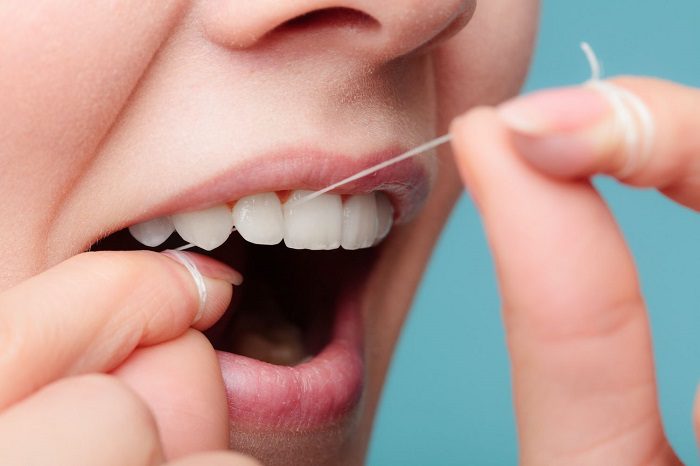Oral hygiene refers to the crucial routine you complete to clear away harmful residues like plaque from your smile. If left on your teeth, you could majorly heighten your risk for many dental problems.
Make sure you brush your teeth at least twice a day and floss every day. Flossing is an important step in this process because your toothbrush cannot easily reach the space between your teeth.
Even if you floss as often as you should, you might not achieve ideal oral cleanliness if you do not complete this process with the correct method. Read on to find tips from your dentist about how to maximize oral hygiene benefits while you floss.

Maintain Firm Hold of Your Floss
Before you start your daily flossing, you want to take measures to prepare to do this regimen properly. This means holding it and gripping it firmly to establish a strong foundation.
Start by taking about 18 inches of floss and wrapping each end around the middle fingers of each hand. Then pinch about a one-inch section of this string floss with the index fingers and thumbs of both bands.
You will use that section to floss when the time comes. As you floss and get this section dirty, you can slide to reveal a fresh bit of floss from the string wrapped around the middle fingers.
Maneuver String Floss with Purpose
Once you have a good grip on the floss, you can start this cleaning process. Insert the string carefully between two teeth. Press the string floss against the side of one tooth and gently rub up and down along its surface.
Do the same with the tooth on the string’s other side. Then you can remove the floss, place it between the next two teeth, and repeat the process. Do so for all of the teeth in your mouth.
Careful movements ensure that you do not irritate gum tissue during this process. But you want to make sure you move the floss with purpose so that you do not miss a spot while cleaning your smile this way.
Consider Alternative Flossing Tools
Traditional string floss can effectively clean your smile and keep your teeth looking and feeling their best. But you can also try other flossing devices that might improve your oral hygiene experience.
For instance, dental patients with fixed oral appliances might benefit from floss picks. These disposable tools feature string floss attached to a plastic handle. This can more simply navigate between braces or other devices for a thorough clean without harming your dental work.
You could also try a water flosser. This device will generate a stream of water which you aim between your teeth and near your gum line to wash away plaque and other build-ups.
Patients with dental implants or gum problems might appreciate the extra care that can come from this tool. Learn more about flossing devices, oral hygiene, and preventative dental care by contacting your dentist.
